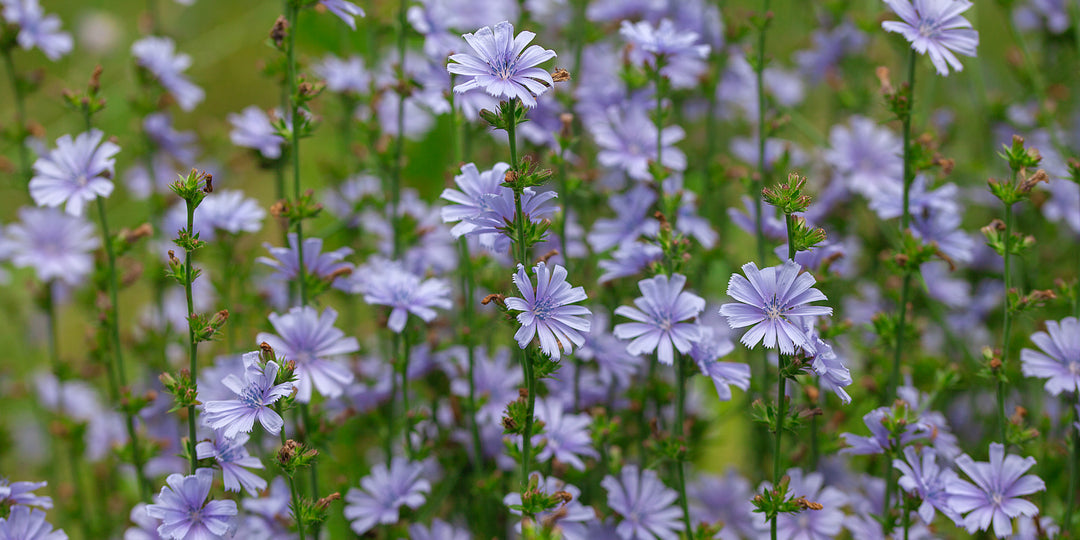From Ocean to Pantry: A Guide to Our Seaweed Collection
🌊 Discovering the Sea’s Superfoods: Kelp, Dulse, Spirulina, Irish Moss & More – What Sets Them Apart
At Foothills Naturals, we believe in time-honoured ingredients that have stood the test of time — and seaweeds are some of the most remarkable among them. Used for centuries across coastal cultures, these ocean vegetables are naturally rich in minerals, flavourful in the kitchen, and versatile enough to support both traditional and modern uses.
If you're curious about the differences between kelp, dulse, Irish moss, spirulina, and their cousins, you’re in the right place. Here’s a deep dive into each of our sea vegetable offerings — from their botanical names to what makes them special.
🌿 Kelp – Ascophyllum nodosum
Often considered a staple in seaweed-based seasonings, kelp powder (sourced from Ascophyllum nodosum) is finely milled and naturally rich in iodine, potassium, and magnesium. Grown along the cold North Atlantic coastline, it’s commonly used in low-dose culinary applications — think ¼ to ½ teaspoon — and also valued in agricultural and animal feed blends.
Its bold ocean flavour makes it an ideal addition to seasoning mixes or smoothie powders for those who want a natural source of sea minerals.
Try it in: A homemade seasoning salt — mix with garlic powder, sesame seeds, and dried lemon peel for a savoury sprinkle on roasted vegetables or rice bowls.
🌿 Oarweed – Laminaria digitata
Sometimes called “oarweed” for its long, flat blades, Laminaria digitata grows in deeper Atlantic waters and is well-known for its naturally high iodine content and alginates (gel-forming compounds). In powder form, it blends smoothly into recipes and is especially valued in vegan broths and skin preparations.
Serving size is typically very small — about 0.5g — making it ideal for concentrated use.
Try it in: A vegan broth base — simmer with mushrooms, miso, and ginger for a rich umami soup with depth and minerals.
🌿 Dulse – Palmaria palmata (Cultivated)
This is the seaweed that often surprises people — it's mild, chewy, and can be eaten straight out of the bag. Palmaria palmata, better known as dulse, has been harvested and enjoyed for centuries in Eastern Canada and Northern Europe.
Rich in iron, iodine, and even plant-based protein, our cultivated dulse is non-organic but carefully grown in controlled settings. Whether added to soups, fried lightly as a snack, or used in seasoning blends, dulse offers a satisfying umami depth.
Try it in: A warm salad topper — lightly pan-fry dulse flakes in a dry pan until crispy, then crumble over greens with a drizzle of sesame oil.
🌿 Irish Moss – Chondrus crispus (Cut & Powdered)
This red seaweed, known as Irish moss, is a traditional ingredient in Irish and Caribbean kitchens — often simmered and blended into a natural gel. This gel has a neutral flavour and is used to thicken beverages, desserts, or even as a base for skincare masks.
-
Cut form is ideal for soaking and simmering into gel
-
Powdered form blends easily into smoothies or bath soaks
Both forms are naturally rich in iodine, calcium, magnesium, and carrageenans, the compounds responsible for its signature gel texture.
Try it in: A fruit smoothie — blend 1–2 tablespoons of prepared Irish moss gel with banana, mango, and almond milk for a silky texture and ocean-kissed nutrition.
🌿 Peruvian Dulse – Chondracanthus chamissoi (Cut & Powdered)
Harvested from the Pacific coasts of Peru and Chile, Chondracanthus chamissoi is a lesser-known gem often referred to as Peruvian dulse. It shares a similar mineral profile to dulse and Irish moss but offers a subtly sweet flavour and a high mucilage content that supports gel-like preparations.
-
The cut version can be used in soups or rehydrated for salads and DIY skincare
-
The powder is perfect for smoothies or as a gentle thickener
Its roots in coastal Peruvian cuisine make it a fascinating and functional addition to your herbal pantry.
Try it in: A seaweed salad — soak cut pieces in water, then toss with rice vinegar, sesame oil, grated carrot, and a pinch of chili flakes.
🌿 Spirulina – Arthrospira platensis
Not a seaweed in the traditional sense, Spirulina is a freshwater microalga with an incredibly dense nutritional profile. Cultivated in warm, mineral-rich waters under controlled conditions, it offers up to 60% plant-based protein by weight, along with iron, B vitamins, and the vivid pigment phycocyanin.
Its taste is earthy and grassy, and it blends well into smoothies, green drinks, or energy bites. Just 1 to 3 grams per serving is plenty — a little goes a long way.
Try it in: A green energy smoothie — combine 1 teaspoon spirulina with pineapple, lime, and coconut water for a tropical mineral boost.
🌱 Choosing the Right Sea Vegetable for You
Not every seaweed or algae suits every person — and that’s okay. Each one brings its own unique nutrient profile, texture, and culinary potential. While some people benefit from the natural iodine in kelp or oarweed, others may need to avoid high-iodine foods due to thyroid or kidney conditions.
We always recommend starting small, trying one product at a time, and speaking to your healthcare provider if you have specific dietary concerns or medical conditions. At Foothills Naturals, we’re proud to offer sea vegetables that support natural living — but always with balance, knowledge, and respect for your body’s unique needs.
🌊 Final Thoughts
Each seaweed we carry brings its own story — from wild Atlantic kelp to Peruvian dulse, to the vivid green of spirulina. Whether you're blending a mineral-rich smoothie, preparing a traditional gel, or simply looking to expand your herbal knowledge, these sea vegetables offer an easy way to reconnect with the rhythms of land and sea.
Always consult reliable sources and healthcare professionals when introducing new ingredients into your diet or routine. This guide is provided for educational and cultural interest only.






Leave a comment